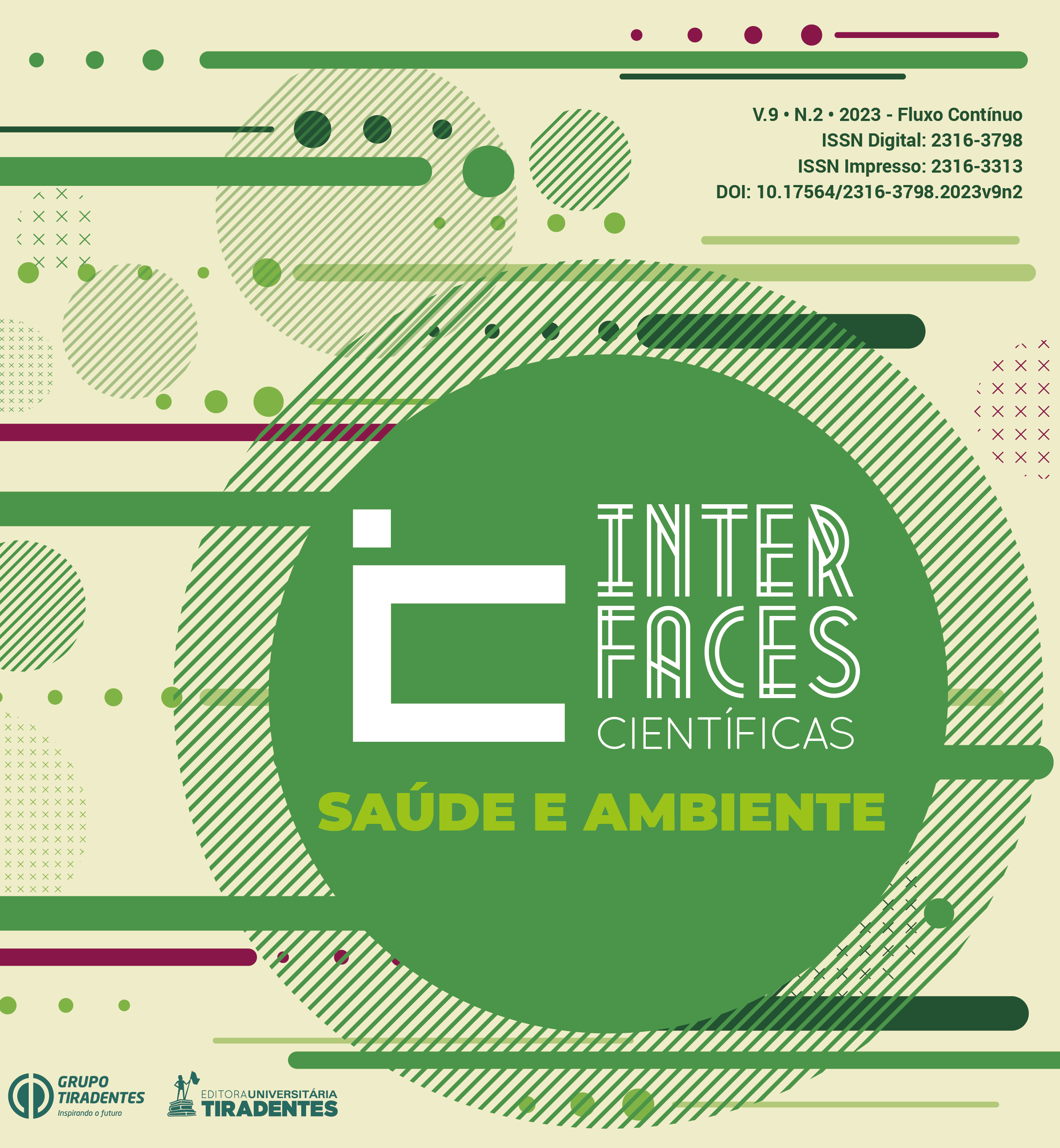EPIDEMIOLOGICAL CHARACTERIZATION OF PREGNANCY, DELIVERY AND BIRTH IN ADOLESCENCE IN BRAZIL FROM 1994 TO 2019
Published
Downloads
Downloads
Issue
Section
License
Copyright (c) 2023 Interfaces Científicas - Saúde e Ambiente

This work is licensed under a Creative Commons Attribution-NonCommercial 4.0 International License.
Autores que publicam nesta revista concordam com os seguintes termos:
a. Autores mantêm os direitos autorais e concedem à revista o direito de primeira publicação, com o trabalho simultaneamente licenciado sob a Licença Creative Commons Attribution que permite o compartilhamento do trabalho com reconhecimento da autoria e publicação inicial nesta revista.
b. Autores têm permissão e são estimulados a distribuir seu trabalho on-line (ex.: em repositórios institucionais ou na sua página pessoal), já que isso pode gerar aumento o impacto e a citação do trabalho publicado (Veja O Efeito do Acesso Livre).
Abstract
Objective: To epidemiologically characterize the occurrence of teenage pregnancy, childbirth and birth in Brazil from 1994 to 2019. Methodology: This is an epidemiological study with an exploratory and quantitative approach. The data collected came from the Information System on Live Births (SINASC) available at the Department of Informatics of the Unified Health System (DATASUS), on teenage pregnancy in Brazil, between the years 1994 to 2019. In this research were included women in the “10 to 14 years” and “15 to 19 years” age groups. For the analysis of each profile, the following variables were pre-selected according to the profile of the pregnant woman, profile of pregnancy/delivery and profile of the neonate. Results: Although there are still many occurrences of teenage pregnancy, it can be seen that there was a reduction of 17.53% when comparing the year 1994 with 2019. Among the adolescents, those residing in the Southeast region stand out (33.49%), mixed race (56%) and single (83%). As for pregnancy, we can highlight the adolescents who had 7 or more prenatal consultations (47.30%), who had deliveries between 37 and 41 weeks (88.8%) vaginally (65.6%). With regard to newborns, it is noteworthy that 61.1% had ideal birth weight, and the Apgar score between 8 and 10 in 1' (82.1%) and 5' (96.2%). Conclusion: Through the construction of this study, it was concluded that teenage pregnancy is a public health problem, requiring a stronger discussion in society, since there is still a high rate of cases.




















